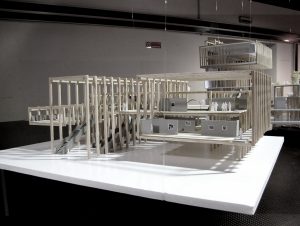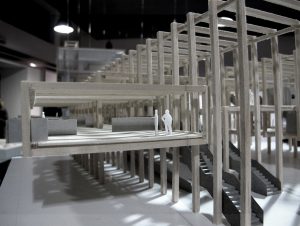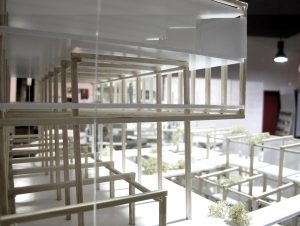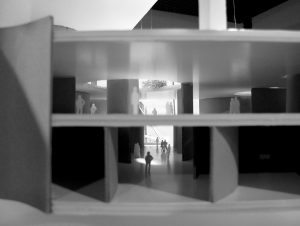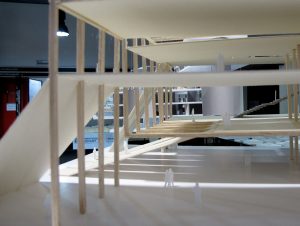A COLLABORATIVE PLANNING PROCESS FOR SCALO GRECO’S URBAN REDEVELOPMENT
MIAW 2018 – MAKING PROCESS PUBLIC
THE CITY IS A PROCESS, and not a mere product. The city is furthermore a mesh of divergent processes, led by a big range of actors, which follow different directions, interests and values. It can be understood as an intense battlefield, in which different factions of capital, politics and institutions try to spatialize their concurrent power projects, but in which also disempowered citizenship and democracy have a chance to flourish.
In that sense, the city is too complicated to be “designed” as a result. Authorship does not seem to be the proper tool for the definition of large and complex urban environments, and architects, urban designers and planners have to rethink their role in the production of urbanity, in order to allow A BIG RANGE OF STAKEHOLDERS – public body, real estate developers and investors with different scales, co-ops and communities, and also citizens- into the urban negotiation. Only a city, which can be produced by all, can be really democratic.
The conventional apparatus of architecture and planning appears as highly inadequate to deal with such a complex system as the contemporary city has become. Product and object oriented, it fails to describe a reality, which has much more to do with processes and relations than with results. We need NEW TOOLS, able to describe and transform the production rather than the products, and the processes rather than the objects. We need new models, able to represent the different actors’ visions and interests, and to manage their intense negotiations on this new urban arena. Continue reading →
